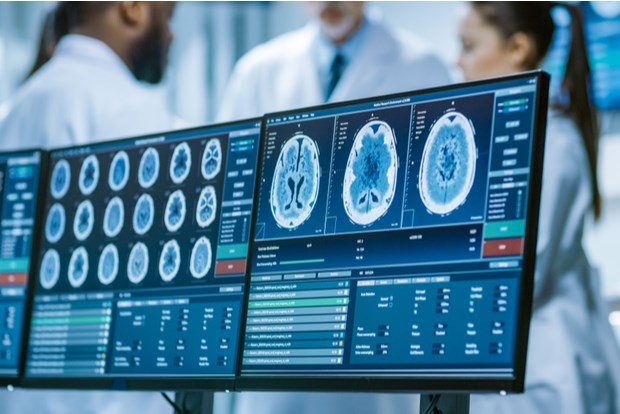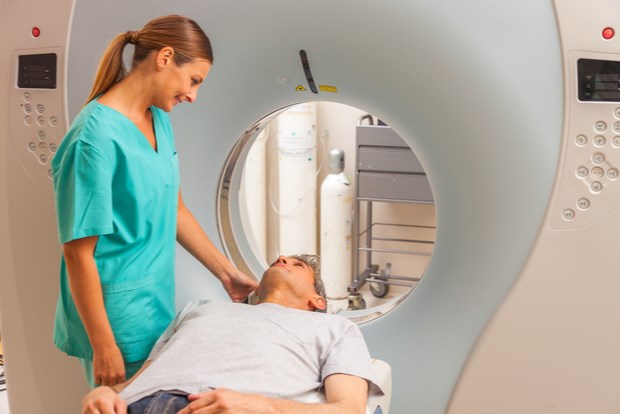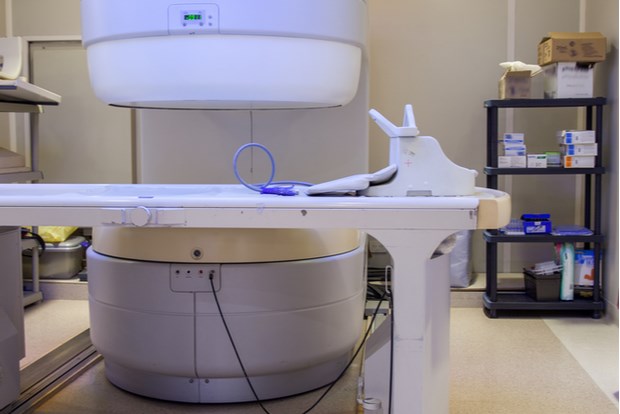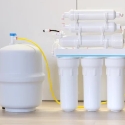MRI Scans: A Tell Of the Greatest Contribution to Medical Science
Understanding specific medical procedures is often enigmatic for non-tech-savvy patients. Many people ponder the whole process when booking an MRI appointment. This lack of information creates a bundle of nerves, making them anxious about the process and the side effects. So let our blog help you comprehensively understand MRI.
Things to Know about an MRI
First of all, MRI stands for Magnetic Resonance Image and is a medical imaging procedure carried out by radiologists to examine several internal organs, tissues, tumors, and muscular and skeletal systems to help doctors to diagnose underlying medical conditions to set up an ideal treatment at the earliest possible to prevent further complications. MRI machine employs advanced technology combining radio waves and magnets to cause the hydrogen atoms and protons to align your body in a suitable position so that the scanner receives an optimal percentage of the radio signal, followed by a computer translating the body anatomy into a three-dimensional image that can be easily contrasted among soft tissues compared to other medical imaging procedures. MRI is also the only scanning procedure that does not use radiation that can be hazardous for patients.
The Importance of an MRI
MRI is the last resort for patients when their medical condition doesn’t improve and requires an internal examination to diagnose the root cause. Patients who typically undergo MRI are suspected of tumors, several types of fractures, neck pain, leg pain, joint ache, and muscle weakness. There are also specialized MRIs for certain parts like the MRI spine for lumbar disc herniation (sciatica) and spinal stenosis and are usually recommended at the earlier stages to prevent or prepare for surgery. Also, a Brain MRI is prescribed before surgery to monitor the organ’s condition. Moreover, an MRI isn’t always necessary as patients can get on with their active lifestyle if their illness improves in a few weeks.
Life Inside the MRI Scanner
Of course, an MRI serves as a life-saver, but the patients climbing the scanner must prepare for an agonizing experience.
It is loud and cramped inside - The magnet that produces the image creates resounding noises that could deafen ears till the session ends, and the narrow cylindrical tube provided to lie down is cramped with tight quarters that do not provide adequate space. However, patients are given earplugs or earphones to nullify such noises. Mental conditions such as claustrophobia and anxiety fuel the flames, but doctors sometimes suggest sedatives (Ativan) before the scan.
Read This Before Getting an MRI
An MRI is pain-free, invasive, and regarded as one of the safest scanning procedures in medical history. However, with everything comes a drawback – the scanner produces strong magnetic fields that could affect pregnant women. Others must refrain from carrying valuables to ensure a safe and accurate scan. There is a list of metal objects as mentioned below:
- Jewelry – earrings, chains, piercings, bracelets, necklaces, and nose rings
- Hearing aids
- Watches
There are also irremovable foreign bodies such as dentures, stents, pacemakers, metal plates, UIDs, screws, etc. Therefore, the doctor and radiologist must know patients’ medical history to plan accordingly.
Experience MRI in New Ways
Multiple reports of patients are experiencing claustrophobia, fear, or suffocation inside the scanner due to its hollow structure and lack of air circulation. However, advanced technology has given rise to different types of MRIs like the new 3T available today, powered with magnetic units from 0.2T to 3.0T to produce clear images. Below are the types of MRI scanners available today:
- Closed MRI
- Tesla MRI
- Open upright MRI
- Wide Bore MRI
3 Popular MRI Myths Debunked
It's rare to meet someone who hasn't heard of an MRI. However, there are a few widespread misconceptions about the MRI and its precise operation mechanism.
- Myth 1: MRI scans are effective only for physical injuries
Fact – MRIs possess the technology to examine any condition. They can detect sports injury and neurological diseases like bipolar disorder and Alzheimer’s and serves as beneficial in preventing cancer. A particular type of imaging has numerous benefits and helps doctors perform efficiently.
- Myth 2: Open MRI is as effective as closed MRI
Reality – A closed MRI delivers more accurate results than an open MRI. Standard 3T MRIs consume a lot of time and effort from the patients’ end but can produce high-quality images than open MRIs, which can impact the diagnosis to provide proper treatments.
- Myth 3: Exposure to harmful radiation that can cause cancer
Reality – Patients are never at risk for radiation exposure as MRI uses only magnetic fields and radio waves to scan and produce images based on that information. Therefore, MRI scans can never cause cancer or side effects.
Advanced Contribution to Diagnosis
Alzheimer's disease may now be identified with a single scan thanks to a novel technology. Communications Medicine, a Nature Portfolio Journal, gives a detailed description of the research on the new methodology. According to this research, the technique uses machine learning to assess structural elements of the brain connected to Alzheimer's disease. The simplicity of the method and the ability to identify the ailment at an early stage, when it may be challenging to diagnose, are two advantages.
Visit Sulekha.com today to book an MRI appointment at a nearby accredited diagnostic center.










Post a Comment